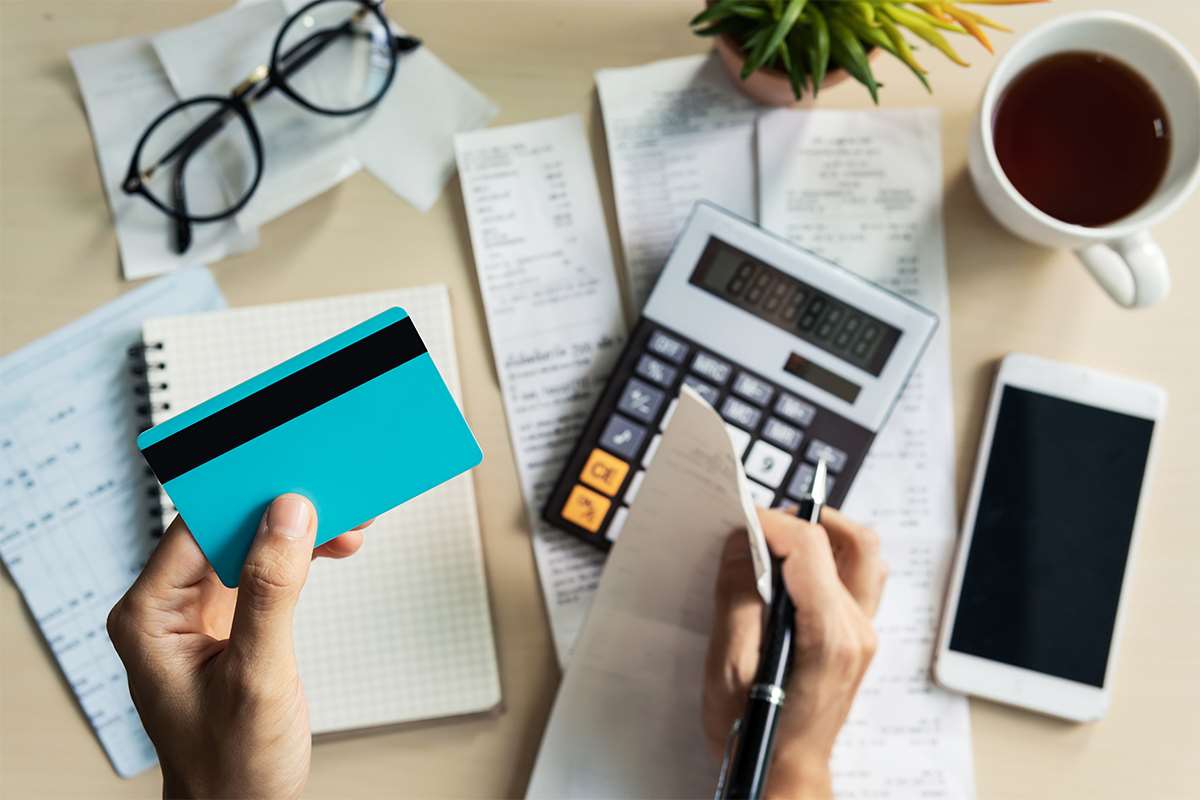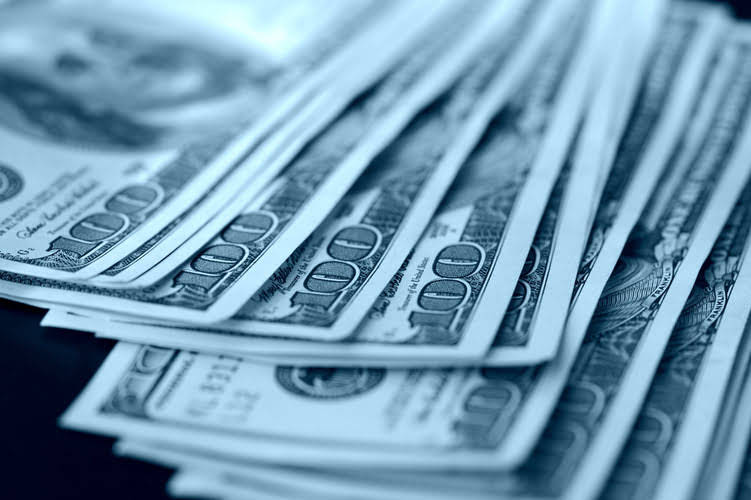
By not trusting the payee to take action, you remove the possibility that they will forget or put off cashing or depositing the check. The payee will find the money didn’t arrive in their account, which could, in turn, even cause them to overdraft their own account. As a result, the payee could get charged their own overdraft fees if they were counting on that money and spent it.

Keep Records

Since the bank balance does not yet reflect the check amount, it can present a misleading picture of your actual financial situation. Ask the payee to sign a document promising not to deposit both checks. This won’t prevent banks from processing two deposits, but the document can provide a useful paper trail if you want to dispute one of the deposits.
What does it mean when a check says «void after 90 days»?
They represent pending transactions where the funds have not yet been deducted from the issuer’s account. These checks can pose risks such as overdrawing the account, potential fraud, accounting discrepancies, and delayed financial reporting. A check is a financial instrument that authorizes a bank to transfer funds from the definition of outstanding checks payor’s account to the payee’s account. When the payee deposits the check at a bank, it requests the funds from the payor’s bank, which, in turn, withdraws the amount from the payor’s account and transfers it to the payee’s bank. When the bank receives the full amount requested, it deposits it into the payee’s account.

Communicating Outstanding Checks to Payee
Providing them with the check and any relevant information can help prevent further fraud and protect your own finances. Checks offer several advantages, such as ease of tracking and record-keeping, payment flexibility, proof of payment, wide acceptance, and financial control. A check is a written, dated, and signed instrument that directs a bank to pay a specific sum of money to the or a designated beneficiary. MICR is a technology used to print the routing number, account number, and check number on checks using magnetic ink.
- Because of this, keeping correct financial records can be difficult, and it may lead to problems during audits or when reconciling finances.
- Outstanding checks also have the risk of being used in fraudulent conduct.
- Most banks will continue to honor checks for the full 180 days, but that isn’t guaranteed.
- SoFi has no control over the content, products or services offered nor the security or privacy of information transmitted to others via their website.
If a check is lost or stolen, a third party is not able to cash it, as the payee is the only one who can negotiate the check. Unaccounted-for outstanding checks can disrupt the delicate balance of incoming and outgoing funds. Keep track of it and contact the payee if you suspect they’ve forgotten or misplaced the check.
Communicate with the Payee

When you write a check to vendor, the bank has no idea the check has been written. Once the check has been deposited or cashed by your vendor, your bank will debit your account and mark it as a cleared check on your next statement. You are entirely dependent on when the vendor decides to cash the check.
However, if the payee delays depositing the check, then the payment does not clear the payor’s account. The amount of the check still cannot be used by the payor, as it’s promised to the payee, even though the bank account balance has yet to reflect the check payment. An outstanding check refers to a check that has already been issued to the recipient. With this in mind, it can take as long as six months to get an outstanding check withdrawn from your account. This is because most banks will cash checks up to six months after they have been cashed.
- If that doesn’t work, send a letter informing payees the check has not been presented and officially request they notify you if they have not received the payment.
- When the payee deposits the check at a bank, it requests the funds from the payor’s bank, which, in turn, withdraws the amount from the payor’s account and transfers it to the payee’s bank.
- To remedy these situations quickly, be proactive with outstanding checks.
- An outstanding check doesn’t cost anything beyond the paper it’s printed on.
- If it has been more than six months, contact the issuer to resolve the matter.
Example of an Outstanding Check in the Bank Reconciliation
This designates the recipient of the funds and ensures that only the specified payee can cash or deposit the check. These checks provide a higher level of security for the payee, as they are guaranteed by the issuing bank and are less likely to be returned due to insufficient funds or other issues. The purpose of a check is to provide a convenient and secure method for transferring funds between parties.

Leave A Comment